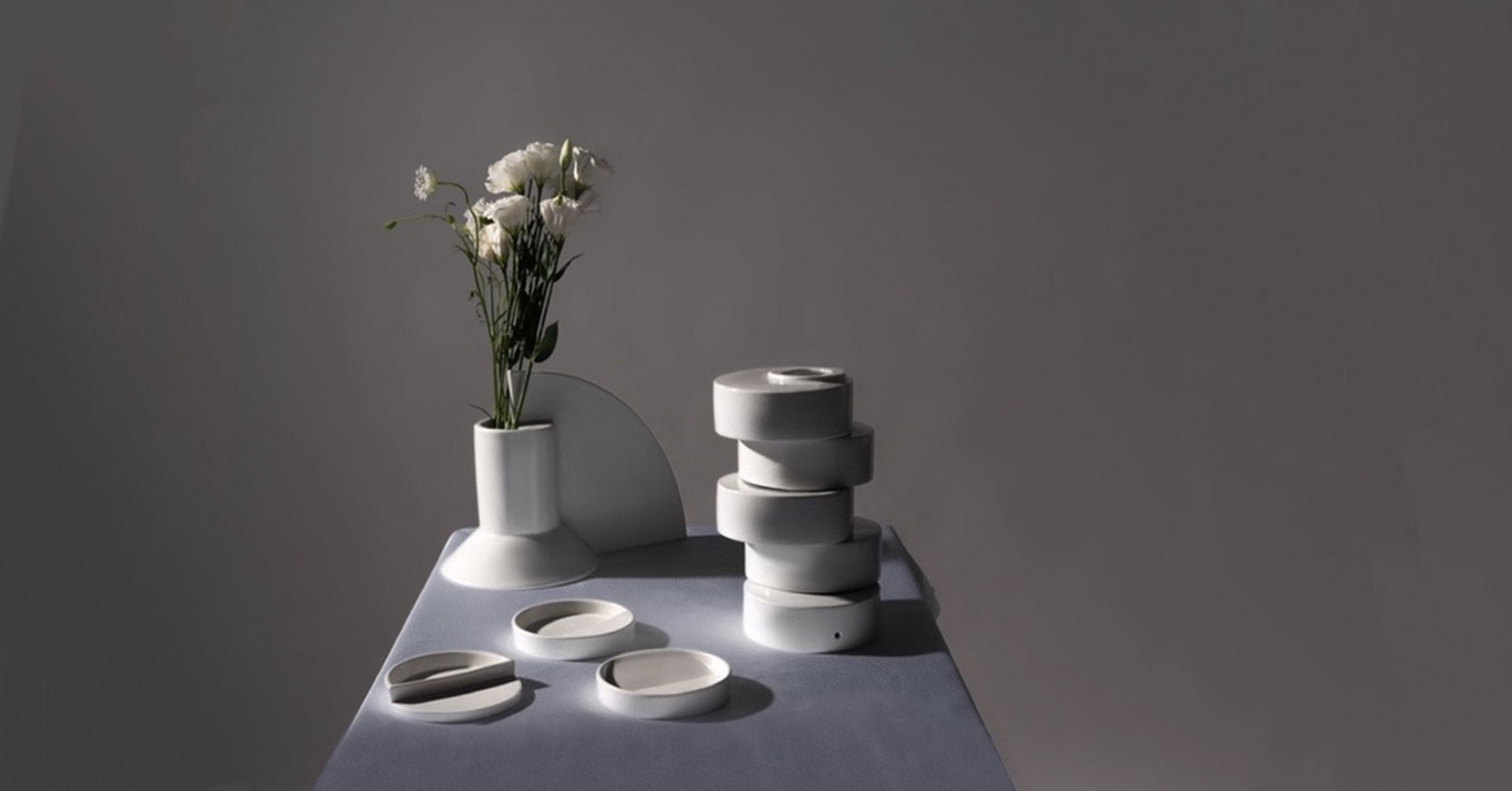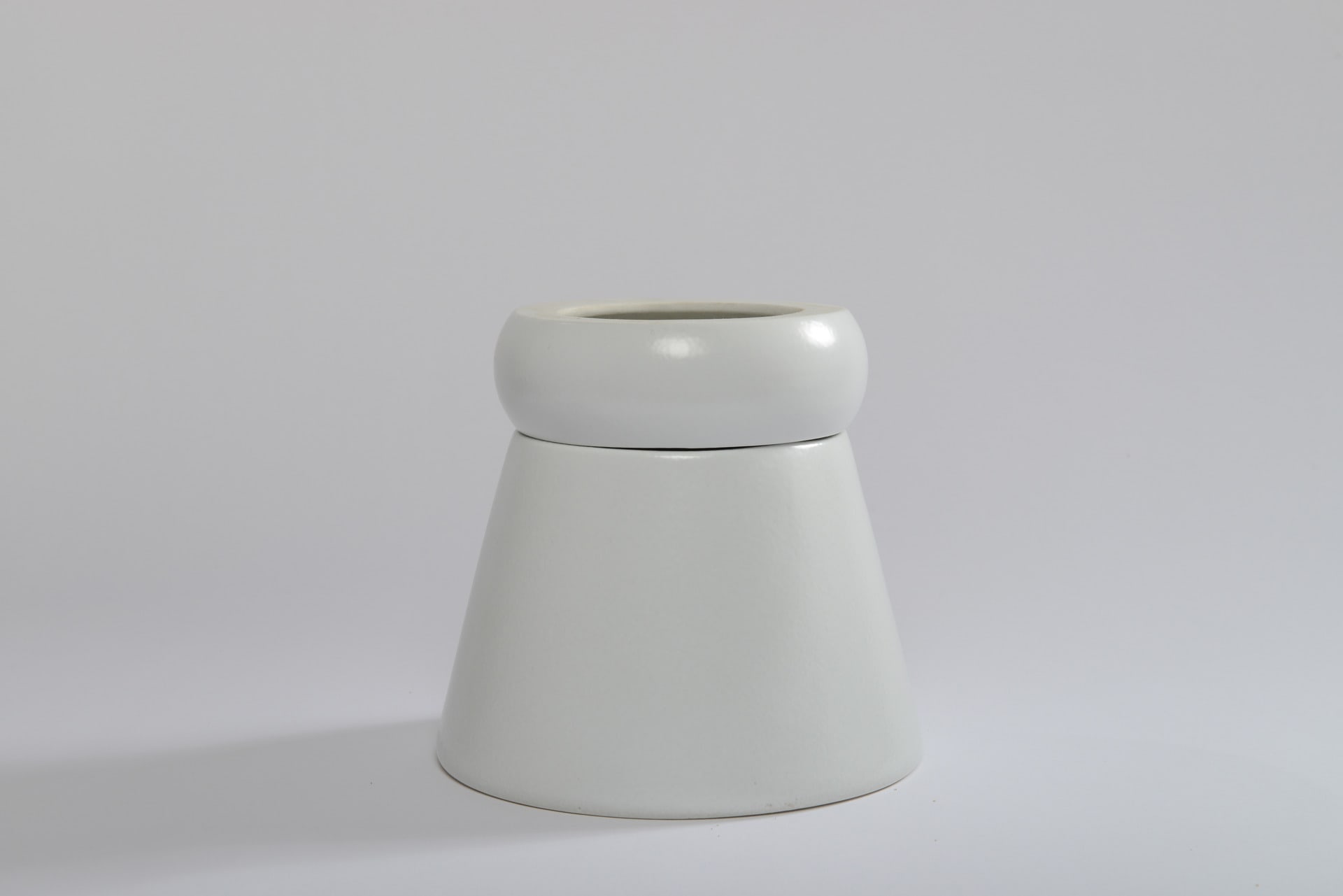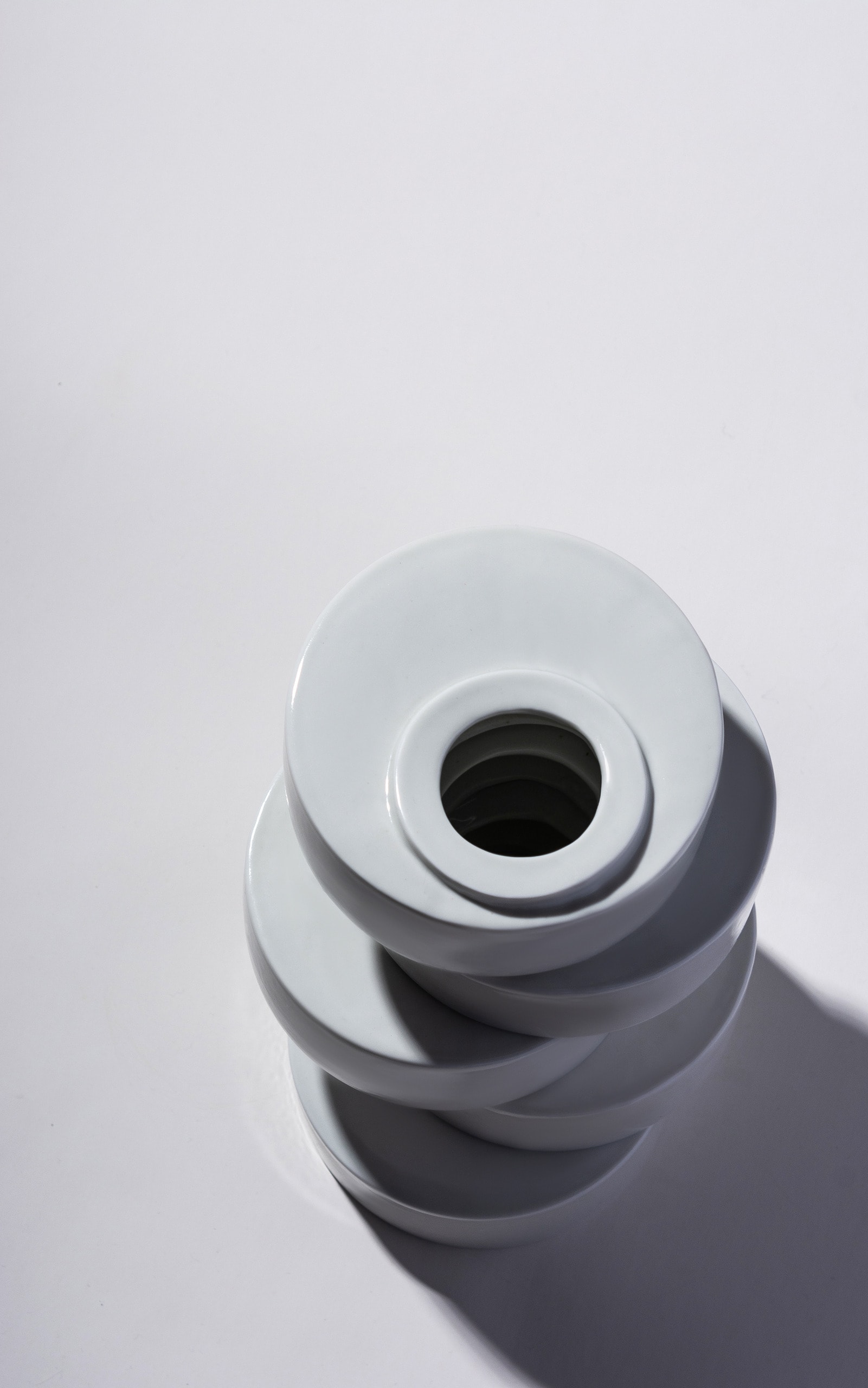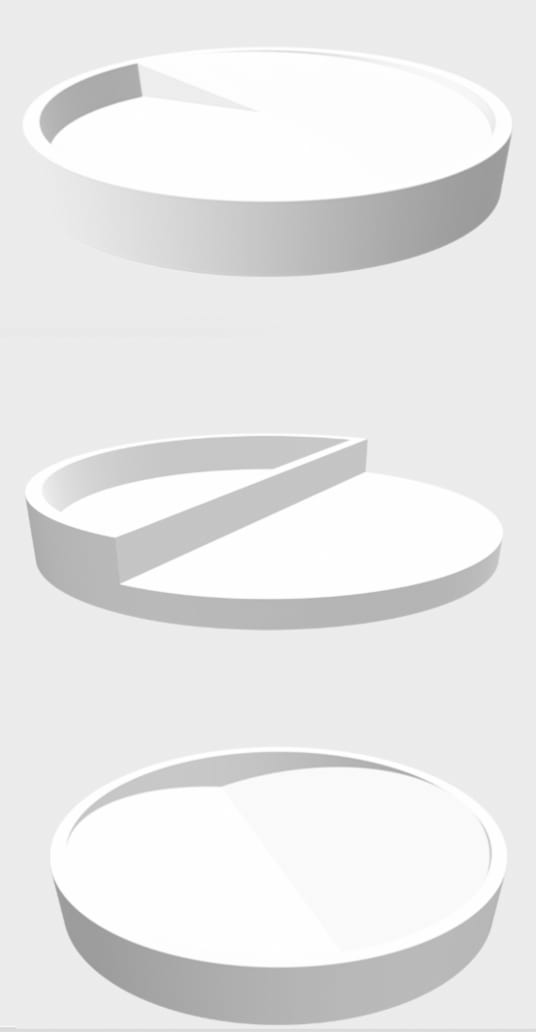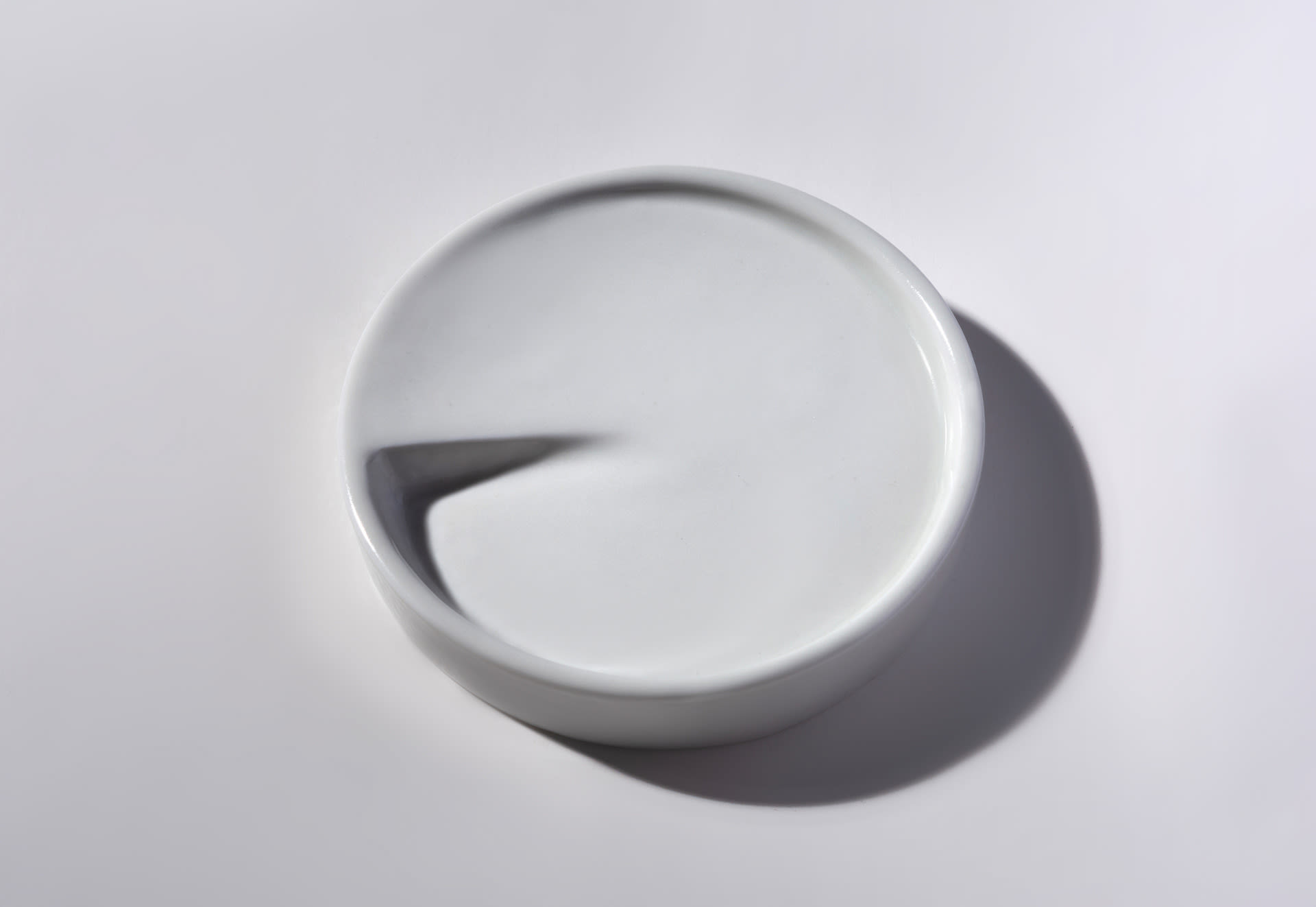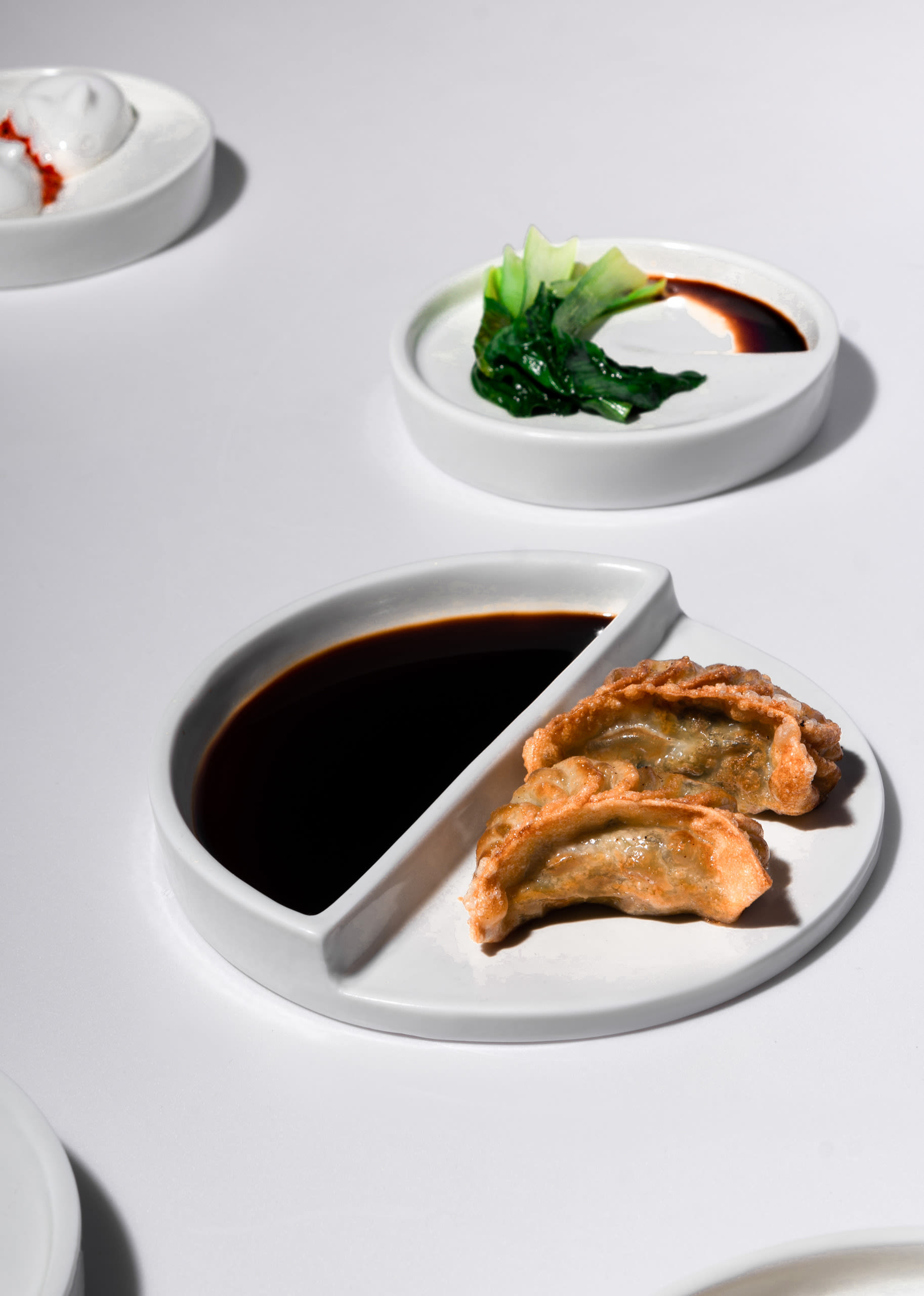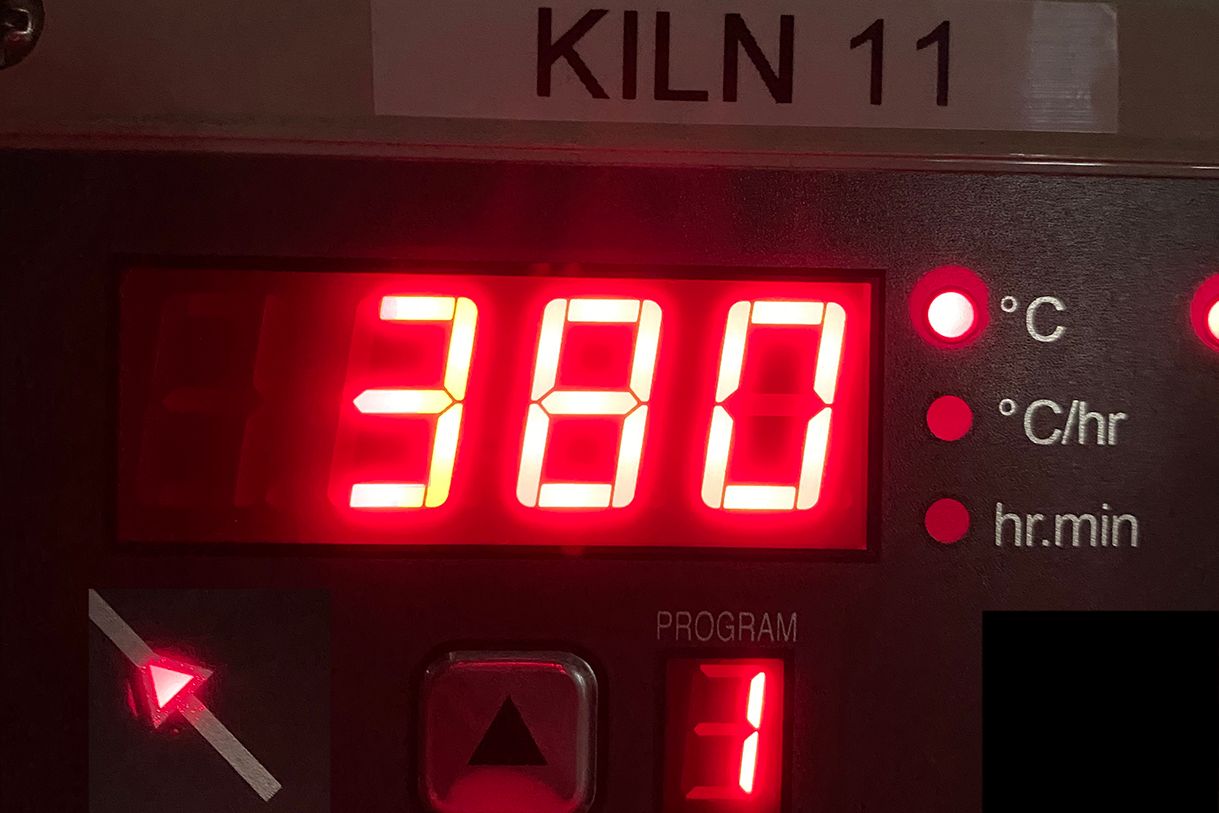Ziming Han was born in Ningbo, China. She graduated with a bachelor's degree in Ceramic Design at Central Saint Martins in 2018 and continue studying at the Royal College of Art. The style of her work relates to Eastern philosophy and Western minimalist aesthetics. The production process of her design is a combination of traditional ceramic technology and hi-tech digital creation.
Most recently she has presented her work at the following exhibitions: A group exhibition at London Design Festival in 2017, New Designers – Business Design Centre 2018 and Work-in-Progress Show - Royal College of Art 2020.
